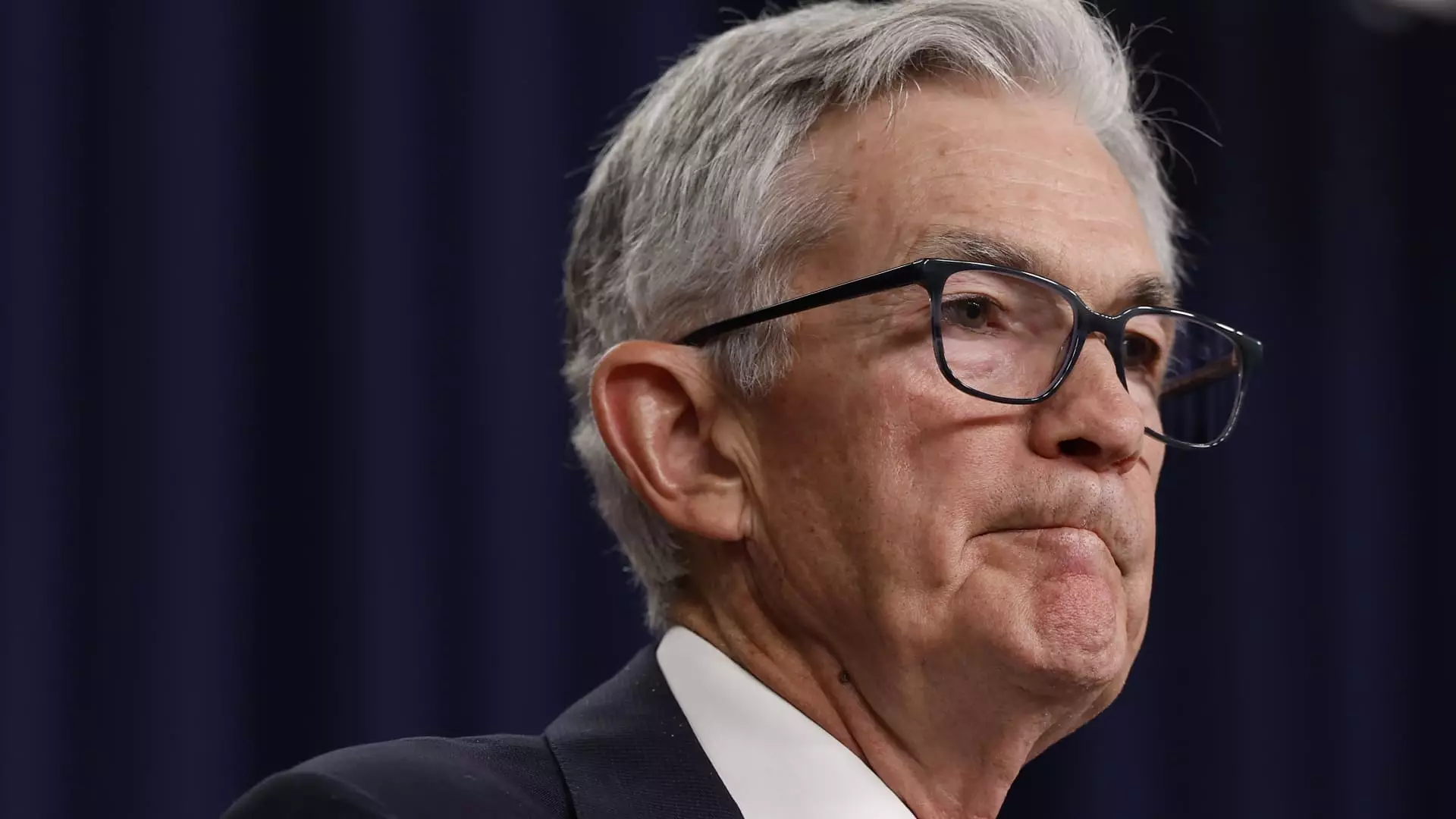In September, the Federal Reserve convened to deliberate on the critical aspect of interest rates, a decision made all the more poignant given the current economic landscape. In a carefully considered move, officials opted for a 50 basis point reduction, marking the first time since 2019 that such an aggressive cut had been implemented. This decision is reflective of a broader strategy to navigate complex signals regarding inflation and labor market stability. The minutes from the meeting reveal a division among policymakers regarding the necessary degree of intervention, underscoring the nuanced challenges the Fed faces as it steers the economy.
A significant factor influencing the decision to slash interest rates lies in the ongoing battle against inflation. Several members of the Federal Open Market Committee (FOMC) expressed that they would have preferred a more conservative approach, advocating instead for a quarter-point reduction. Their concerns stemmed from fears that a swift cut might trigger inflationary pressures rather than contain them. Meanwhile, proponents of the half-point move argued that a more considerable reduction would provide essential support to the economy, which was still reeling from various shocks.
This dilemma encapsulates the Fed’s broader mandate: to foster maximum employment while maintaining price stability. Divergent views on the economic outlook indicate a lack of consensus among officials on how best to accomplish this dual mandate. The seeming unpredictability of labor market performance—a key focus of these discussions—adds another layer of complexity to the Fed’s decision-making process.
The official minutes provide rich insight into the internal dynamics of the Fed. Notably, this was the first instance since 2005 that a governor dissented on an interest rate vote, highlighting how fractious discussions have become concerning monetary policy. Governor Michelle Bowman’s preference for a less aggressive 25 basis point cut reflects a cautious optimism among some members, who believe that a gradual approach could help policymakers assess the evolving dynamics of the economy without overcommitting to rapid changes.
Statements within the minutes indicate a larger narrative at play, where many officials worried that a significantly aggressive move would misalign with the overarching trends in the labor market and inflation. Nonetheless, the consensus leaned towards a more substantial adjustment, suggesting that the majority believed the time was ripe for a significant policy shift.
Following the meeting, market reactions were relatively muted. Major benchmark indices seemed unfazed by the rate cut, continuing on a trajectory that suggested optimism regarding potential economic expansion. Recent labor market data supports this sentiment; in September, nonfarm payrolls recorded a robust increase of 254,000, surpassing many expectations. In conjunction with a drop in unemployment rates to 4.1%, these indicators could suggest a stronger-than-anticipated economic momentum, reinforcing the belief that the Fed’s cautious approach might not be necessary after all.
This landscape has altered expectations regarding future cuts, with market anticipations pointing towards less aggressive movements in the upcoming quarters. Indeed, Fed Chair Jerome Powell has hinted at a more measured pace for subsequent cuts, reinforcing the notion that while the Fed is embarking on a cycle of easing, a watchful stance on economic indicators is paramount.
The path forward seems to be in a constant state of recalibration, as referred to by Powell during his post-meeting briefing. The idea of “recalibration” serves as a reminder that the Fed aims to align its policies with real-time inflation and employment data, avoiding the pitfalls of either excessive caution or unwarranted aggressiveness. This dynamic philosophy underscores the intricacies of monetary policy amidst complex economic signals.
Moreover, the bond market’s response to the Fed’s actions—with notable surges in Treasury yields—suggests a reevaluation of risk, as investors adjust their expectations about the Fed’s future moves. The juxtaposition of soaring yields against the backdrop of anticipated rate cuts reveals an ongoing tension between investor sentiment and central bank maneuvering.
The September Federal Reserve meeting epitomizes the delicate balancing act that defines contemporary monetary policy. With economic indicators continually shifting, the strategy going forward must not only address current conditions but also anticipate future developments in the intricate dance between inflation and the labor market. As the Fed narrows its focus, stakeholders must remain vigilant in observing these evolving economic narratives, shaping their responses as new data comes to light.

